Silvers Already on the Downswing?? Rubber Raft Hatch Going On
Autumn, still a month away on the calendar, is in full swing here. The Arctic terns and swallows are already gone. Geese fly over in formation, honking loudly, heading south. The chums and most of the kings are dead, the pinks and sockeyes are dying off, and even a few colored-up silvers are being caught.
We are still catching plenty of silver salmon here on the Goodnews River. Perhaps, just perhaps, I’ve been spoiled by past runs. This run is weaker than recent ones and we actually have to do some work to find and catch them. C’mon! This is the Goodnews!
That having been said, fishing is excellent by any yardstick you could use, except for past runs here. Fish counters (and I am not crazy about fish counters) have been hitting 15-20 salmon by lunch.
Afternoons have been a little slower because all the spots got beat up in the morning. Still, 20 or more salmon a day is not bad by any standard except for our own history of excellence. 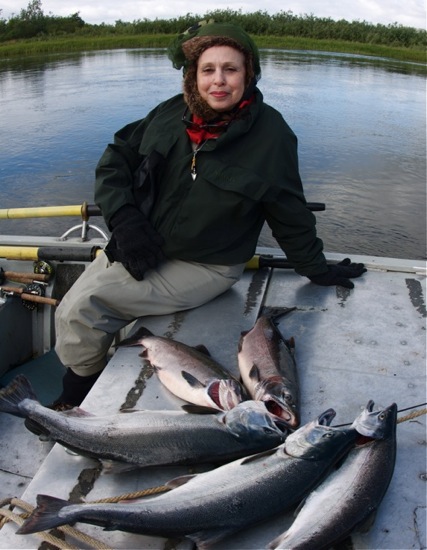 Dollies- dollies are definitely slowing down. Dolly trips need to go way up the river to find success. The fish are more scattered now that most of the early salmon have finished spawning. You can still find and catch them, it just takes more effort.
Dollies- dollies are definitely slowing down. Dolly trips need to go way up the river to find success. The fish are more scattered now that most of the early salmon have finished spawning. You can still find and catch them, it just takes more effort.
Rainbow trout- again, more effort is required to find them. Flesh flies have been very successful. John Wilhelm got a nice fish while out with me fishing for silvers. The wayward rainbow hit a fly not intended for it.
Bears- Never showed up. I’ve seen only three all season, all running for the nearest bushes. I don’t miss fighting them off with rocks while I’m trying to clean fish, but it would be nice to see them fishing again. Maybe next year they’ll be back.
Rafters- Rafters fly into Goodnews Lake to float the river. We see them every year, and try to maintain a good relationship with them.
There are an extraordinary number of them on the river this year. They must get in each other’s way. They certainly get in our way sometimes.
Today there were nine rafts between camp and Upper Landing, about eight miles upstream. Everyplace I wanted to fish this afternoon was occupied. I know we don’t own the river, but sometimes it does seem a bit excessive.
Mosquitoes- crappy, rainy, windy, cold weather equals no bugs. We have not had any bugs to speak of this week, thank goodness!
And that is this week’s Goodnews River Lodge, Alaska Fishing Report.
Life is great and I love my work!
Life is short- go fishing!
John Kumiski
http://www.spottedtail.com/
All content in this blog, including writing and photos, copyright John Kumiski 2012. All rights are reserved.
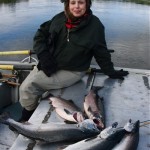
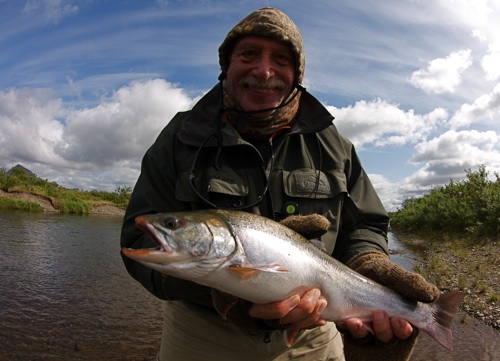
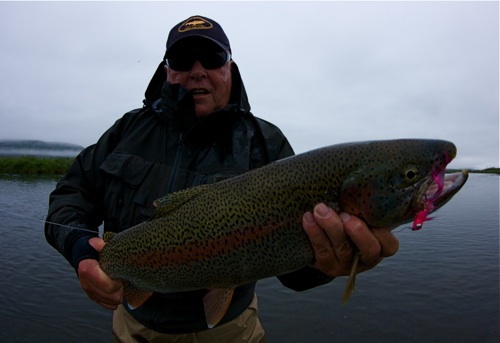
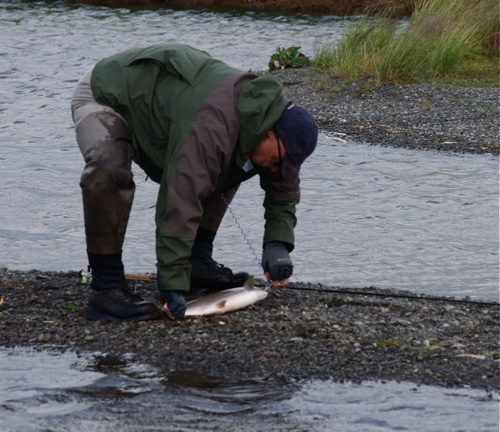
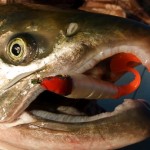
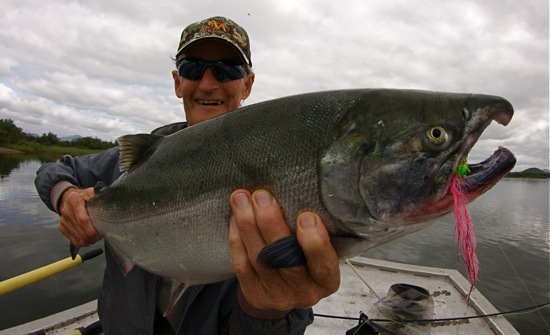
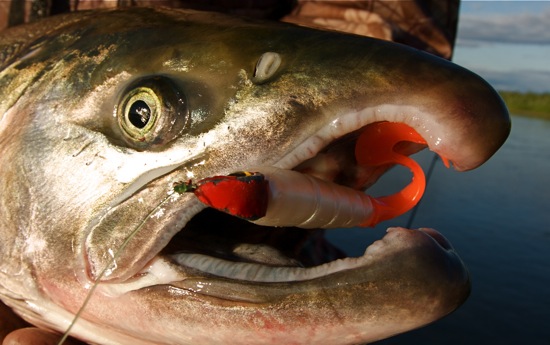
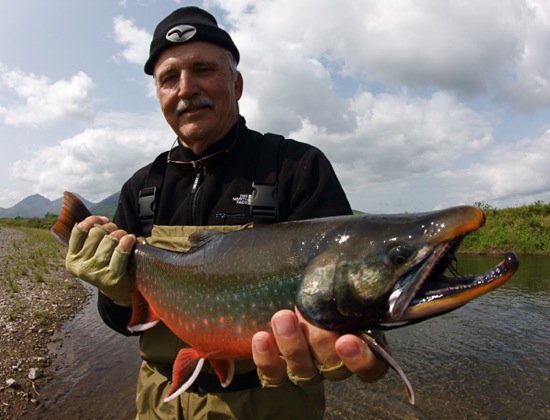
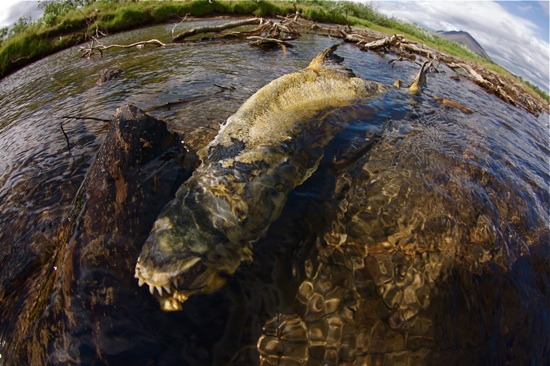
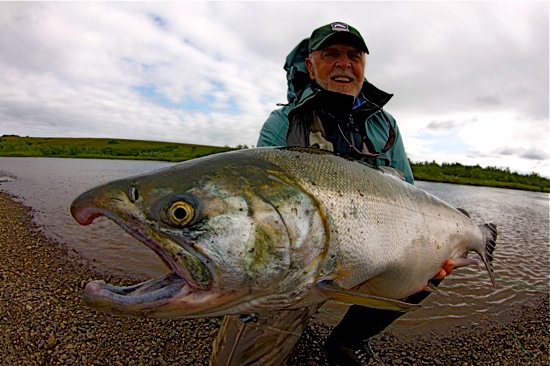
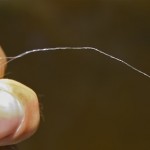
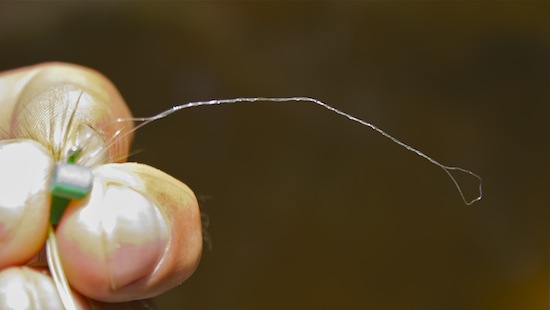

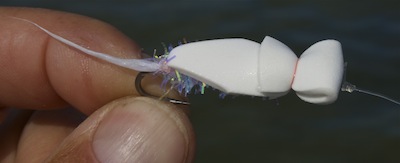
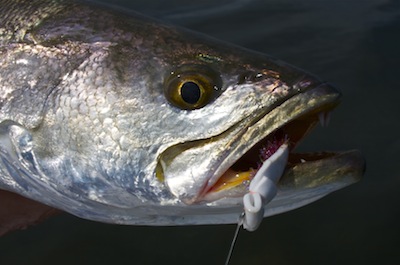
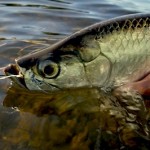
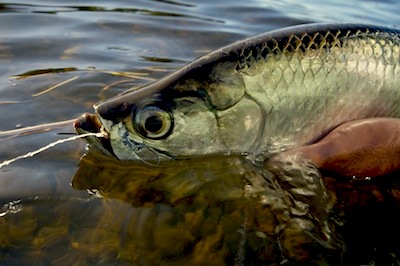
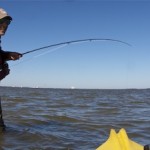
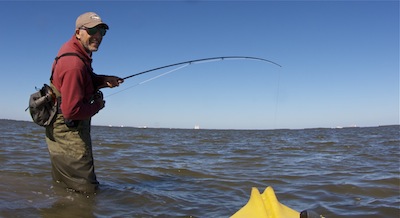
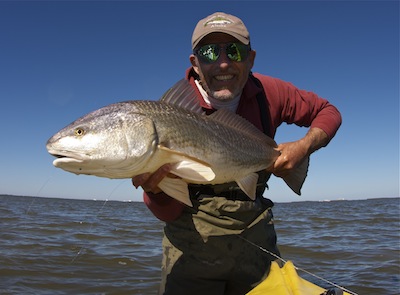
Recent Comments